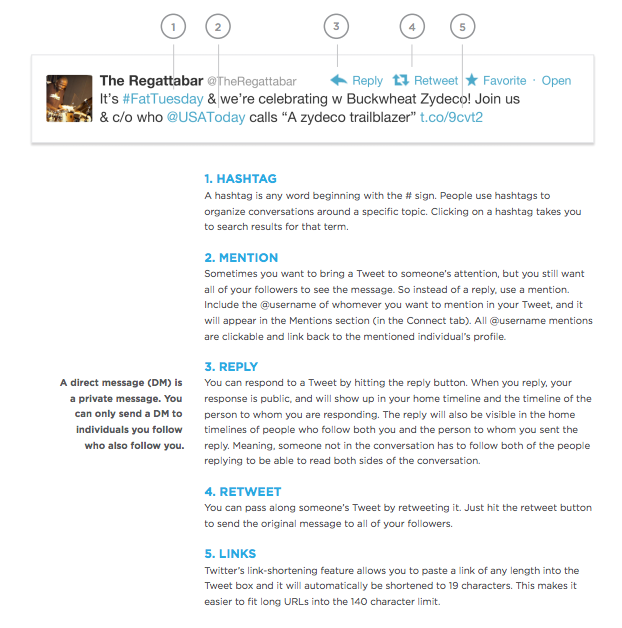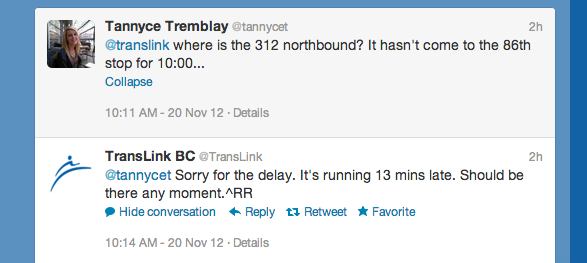
In the past 10 weeks, I have been fortunate enough to be part of a unique learning process: D.Studio.
Design Studio is an upper level elective in Sauder that was created to foster design thinking in a Studio context. The atmosphere of the studio is much more relaxed, accepting and fosters creativity more than any other traditional classrooms. And I have proof!
- Everyone became a good presenter – Any student, from any option can register for 388. It is not an “elite” class like 486R or New Venture Design where only students with an impressive resume and able to pass two rounds of interviews can attend. Thus, people in the class can be assumed to be representative of the student body. After the first round of presentations, I was surprised to realize that everyone in the room is a good, confident, natural presenter with their own style. No one single person used cue cards. No one read from a paper. Which has never happened in any other class in my experience, even when the professor strongly discourages it. My theory is that only in this class where people feel comfortable with not only their teammates but also the professors that they do not feel pressured to say the perfect line. Even the exchange students for whom English is not their first language feel accepted and valued more than other classes.
- The creativity in the output – Tomorrow is the final presentations day. I am really excited to see them and I also felt that most people in the class are eager to showcase what they had accomplished. Because we work in the same space, we have caught glimpse of each other’s project. The diversity of media use from interactive websites to hand drawn videos, each team challenged themselves beyond Powerpoints and Prezi. While in other marketing classes where attendance are made mandatory and students dread the ideas of listening to their peers, we find ourselves excited to see each others’ final deliverables.
- We are friends – the format of the class really allows us to get to know everyone in class. The connections I made in this course helped me a lot in my other projects.
One of the key learnings was the ASK. TRY. DO process.
What seemed like a very intuitive way of problem-solving has proven to be especially useful. I had the good fortune of having had instructors who pushed us to question everything. I had also taken a course on creativity previously and was convinced by the importance of fast prototyping through the marshmallow challenge. However, at the end, I was left with a pool of ideas and tools that hindered my thinking process. Every time I approach a problem, I could only think of how to think and how NOT to think. ASK. TRY. DO streamlined the process for me. The projects I worked on were proof that there was knowledge to be learned at every step.
ASK. Den and I had gotten so much unexpected insights from asking the right questions to the drivers.
TRY. Prototyping with Ben the night before our presentation gave us the much-needed confidence. Once we saw our design in print, our ideas seemed a lot more viable.
Do. Although we did not get a chance to see our project being launched, knowing that Morten will be actualizing part of the plan was very satisfying.
Another key takeaway from this course for me personally was the role of business in terms of sustainability. When our group sat down with each other and talked about what we would like to get out of our project, we all had a curiosity to learn more about sustainability in businesses. None of us had an expertise or a personal passion for the subject at the time. Over the course of the project, we were all very inspired by Morten. I had the chance to speak to multiple businesses’ employees about the issue of being more green in their offices. I realized that many, if not most employees echoed our skepticism towards sustainability.
We have spent the past few decades educating people about sustainability. I think the scientists have convinced people that global climate change is neither a fad nor a scheme. People believe that we should take steps towards a greener planet, but they don’t know how. I believe that the biggest job is still education. The focus should now change from “we must save the planet” to “HOW you can save the planet”. It is not a job left for the scientists or the hippies. It is everyone’s responsibility and every business can make a large impact. That is one of the many things I have learnt from Morten. Also drinking 12 cups of coffee per day can give you great ideas.




